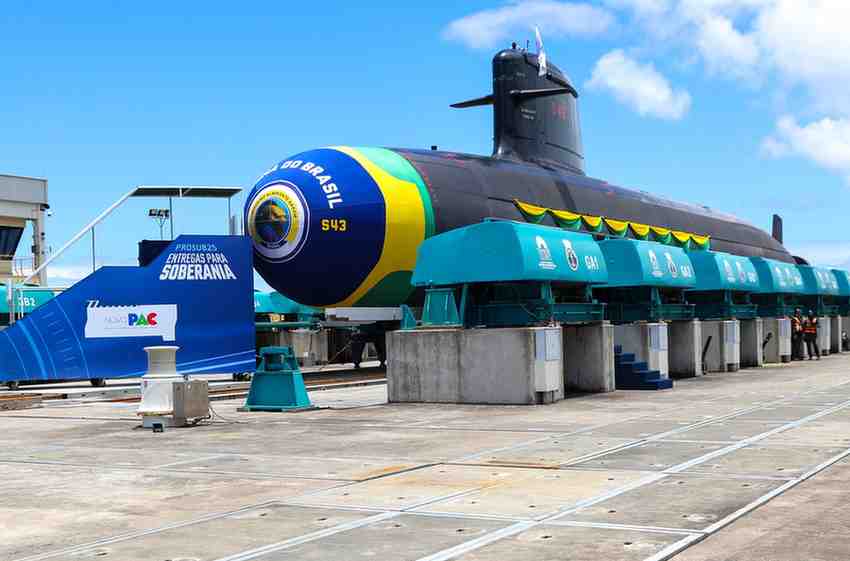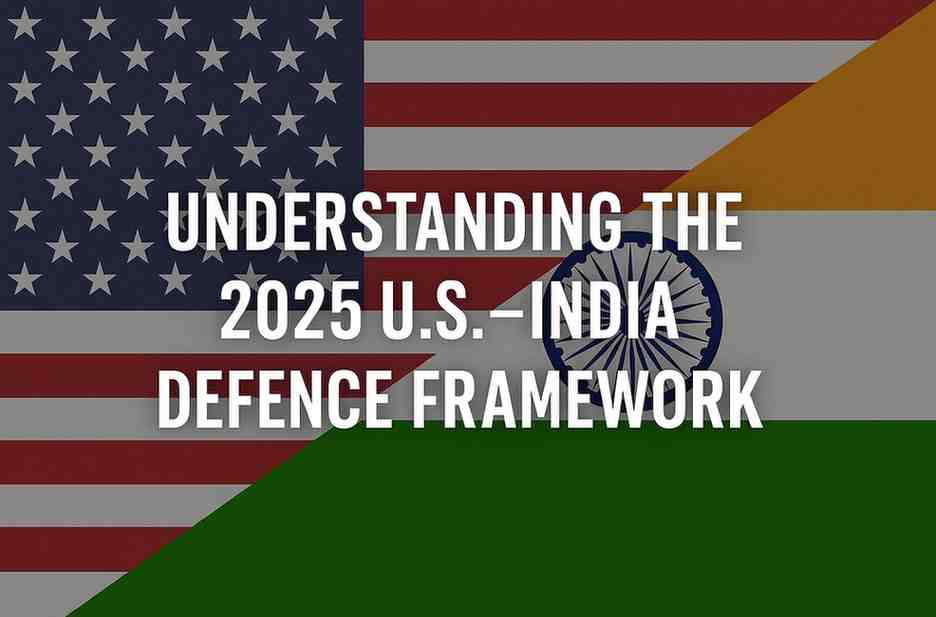Gender and climate change have an interdependent relationship as they affect each other in the manner of an integrated cobweb. Both overlap as, over the years, this inclusion has caused gender insecurity in society through climate change which can be proved by the pattern of prolonged history and devastating pattern of natural disasters, primarily the flood of 2022, which affected a third of the nation and affected 33 million people, including a large faction of women, and the implications they faced were due to the socio-economic structure of society, which is being heated by climate change.
Climate change exacerbates existing vulnerabilities, particularly for women, who often bear the brunt of its impacts. Research indicates that women in Pakistan are more likely to experience violence, displacement, and loss of livelihoods during natural disasters. The 2022 floods alone are projected to push between 8.4 and 9.1 million people into poverty and according to reports of UNHOCA 5.71 million women and girls in flood-affected areas are exposed to heightened risks of gender-based violence due to their limited access to resources and decision-making. In rural areas, where women constitute a significant portion of the agricultural workforce, roughly 32.9%, according to the World Bank Group, their economic security is closely tied to environmental factors. Climate shocks have led to decreased crop yields and increased workloads, further straining their already precarious livelihoods. Despite their critical role in food production, women often lack access to essential services, land ownership, and financial resources necessary for resilience against climate impacts which also worsens the situation.
Climate change-inducing gender fault lines create prolonged factors for women to bear the brunt. Women in Pakistan are exploited to experience violence, displacement, and loss of livelihoods during the natural disasters caused by climate change. In light of the 2022 floods, the evil of poverty is exposed towards 8.4 and 9.1 million people with a huge chunk of the women sector in disparity due to their limited accessibility towards resources and unable to be a part of climate trench decision-making authorities, although National Adaptation Plan (NAP) which was introduced in 2024 pay heeds towards the inclusion of vulnerable groups including women as a major tier to be part of climate advisory councils and committees but the reality sketch is often not implemented which narrow downs the voices of women affecting the lives indirectly the suppression towards the whole community which creates a pathway for sabotaging women legal representation but it also reflects lack of policy failure which was unable to advocate the women rights. A notable urban planner, Dr Nausheen H. Anwar, emphasises that the intersection of race, class, and gender further intensifies the cobweb for marginalised communities, such as women, who, due to climate change, are exploited towards sexual violence, migration, and forced marriages. The construction of social patterns and normative society exposes them to climatic change, making climate a line to deteriorate gender security.
Climate change as a driver to exploit gender into the security paradigm is a big challenge itself; however, multi-dimensional approaches can make women leaders of change, including concrete policy frameworks concerning gender profile and specific allocation of the female cabinet for advisory committees of climate policy. This would be a greener initiative to adapt eco-sustainability from a gender perspective with gender-friendly strategies to fill the chasms between induced gendered security and recognising women as changemakers. The capacity building of women with access to resources, education for utilisation, training, and financial merits in agriculture can upgrade the huge chunk of gender towards prosperity, as a major part of the women’s sector is closely linked to agriculture. Climate Smart Agriculture (CSA) is one example of empowering women by integrating eco-agricultural patterns into the fusion of their traditional farming methods to combat climate change. As agents of change, awareness and advocacy for women through such initiatives and other platforms is essential to strategize them through weapons of knowledge to craft society in an eco-equitable manner such that women will own the stage as advocates for their rights and strategize climate-friendly policies for their sector at any level such that they can engage at any communal level to foster collective actions. Such collective actions influx grassroots movements with greater cause, which acts as a cornerstone for raising women’s voices and demanding accountability for eco-friendly policies towards women.
Climate change brings gender to the brink of insecurity, shifting it towards a security paradigm and an interdependent complex that demands inclusion and eco-equitable patterns, strategies, and climatic actions. Pakistan, beholding a 49.6% ratio of women should address this unique exploitation of gender under the climatic cohort, as it’s not a matter of insights but a matter of women, which integrates the whole society with their existence, and this can be only done by empowering women and their representation in climate decision-making, through which we can call Pakistan a homeland for Eco equitable justice for all its citizens.
Dua-e-Zahra
Dua-e-Zahra is an enthusiastic student and researcher currently studying at Air University with an interest in SGDS, biological warfare, emerging technologies, climate, and gender. She has been currently working in Climate Forward Pakistan, alumnus of the young leaders’ Organization, x- a research intern at the SDPI global think tank.
- Dua-e-Zahra#molongui-disabled-link












